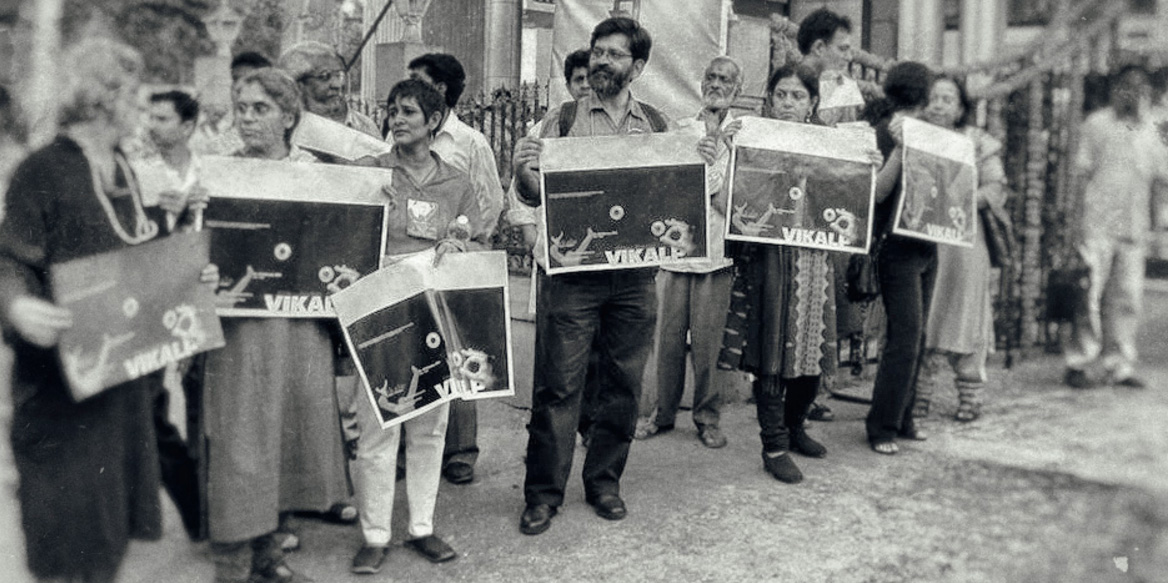Excerpts from A Fly in the Curry: Independent Documentary Film in India / K P Jayasankar & Anjali Monteiro / 2016 / 276 pages / Hardback: Rs 795 (9789351505693) / SAGE India | Photographs by Koushik Sarkar and posters by Sherna Dastur
It is indeed noteworthy that the only organised and consistent resistance to state and vigilante censorship in India has been from the community of documentary filmmakers. Individual filmmakers have had their battles with censorship and the Censor Board over many years. Documentary filmmakers first came together around the issue of censorship as a collective under the banner of Vikalp and the Campaign Against Censorship (CAC). The CAC was formed in August 2003 to fight against the censorship clause that had been introduced for the first time for Indian entries only at the Mumbai International Film Festival for Shorts, Documentaries and Animation Films (MIFF) 2004. The MIFF is an event organised by the FD, which comes under the Ministry of Information and Broadcasting, Government of India. The Bharatiya Janata Party (BJP) headed the ruling political coalition at the Centre at that time.
As a result of the firm stand taken by the Campaign, and the massive support it was able to mobilise, from filmmakers both in India and abroad, the organisers of MIFF 2004 were compelled to change the rules and withdraw the censorship clause as a basic criterion for entry. The campaign members were nevertheless apprehensive that there would be an attempt to introduce censorship of films through the backdoor, by eliminating politically inconvenient films from the festival. By late December 2003, as news began coming in from filmmakers to the CAC, it became clear that these fears of covert censorship were not unfounded. The National Section of MIFF 2004 had rejected a large number of the best Indian films made on a range of themes. Some of these films had been shown at major international festivals and had won awards. Many of them were by filmmakers who were a part of the agitation in August 2003, against the attempt to bring in censor certification as a prerequisite for entry. Most of these films had political themes, like the 2002 Gujarat riots, the anti Narmada dam movement, and Dalit and Adivasi rights. Films dealing with alternate sexualities, sex workers’ lives and similar anti-establishment themes were also rejected. The selection procedure itself was altered, and there was strong evidence to suggest that FD officials interfered with the final list to keep out certain films.

While there was criticism about the functioning of MIFF from its inception, many acts of omission and commission were tolerated by the filmmaking community because it tended to look upon the festival as an important space for the Indian documentary, given the paucity of festival space for documentary screening in India. However in 2004, the blatant attempt to stifle critical voices made it difficult for filmmakers to continue to identify with this festival. Many in the documentary community saw this attempt itself as part of a larger process of ongoing censorship, being systematically employed by the BJP government to silence dissent, using censorship laws and abetting vigilante attacks against freedom of expression. The CAC felt it important to raise a voice of collective protest and initiated several strategies for resisting censorship. These evolved through email interactions and meetings among members of the Campaign. The strategies included withdrawal of films from MIFF by filmmakers whose work had been selected, advocacy with various stakeholders, including the jury, the Ministry and the organisers of MIFF for an independent inquiry, and an advocacy and information campaign aimed at international filmmakers and film festivals.
The idea of a ‘Protest film festival’ was first mooted at a meeting of about 35 filmmakers from all over the country, held on January 18, 2004, at the World Social Forum in Mumbai. The filmmakers present unanimously felt that such an act, of screening films that had been ‘censored’ out of MIFF, would be a positive mode of protest that would bring visibility to the campaign, its issues and the films. Subsequently, a Mumbai Organising Committee, consisting of a dozen members was formed and responsibilities for the various tasks were divided. Various names for the festival were discussed and ultimately Vikalp (Alternative), suggested by Anand Patwardhan was chosen.
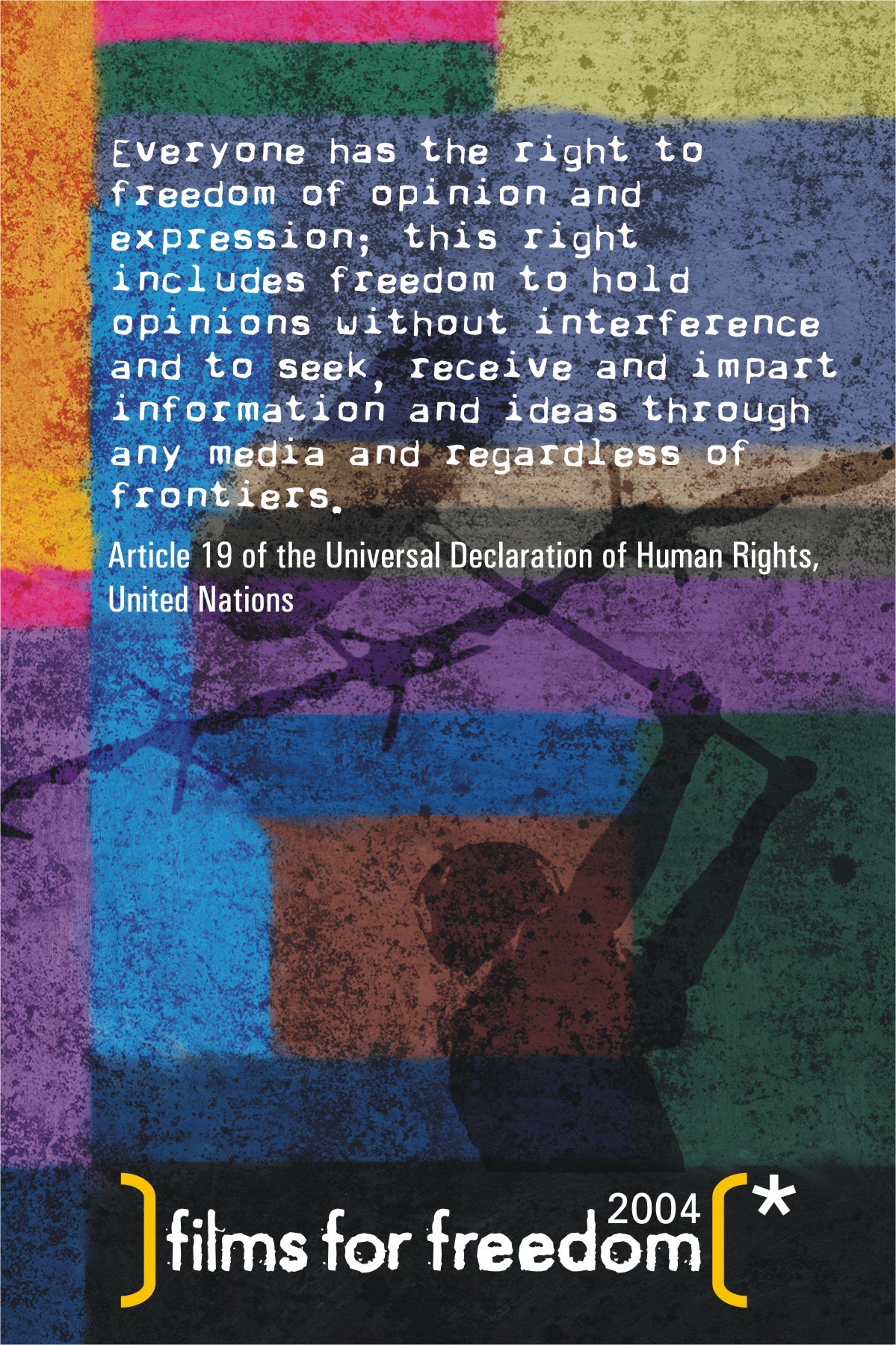
The mobilisation in 2003-04 resulted in a loose coalition of filmmakers in cyberspace that undertakes advocacy on various issues relating to censorship from time to time. There are also other online forums for sharing of information, such as Docuwallahs 2. Since Vikalp in 2004, there has been a significant growth of non-broadcast networks for screening of documentaries, from travelling festivals to regular screening venues in various parts of the country. These have worked towards creating audiences for documentaries, building a much-needed culture of alternative viewing, and disrupting the codes of censorship at a grassroots level. More than a festival, Vikalp demonstrated that it was possible for filmmakers and citizens to get together to find creative and positive ways of resisting censorship…
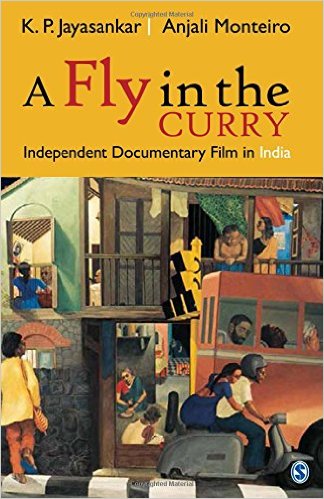
Liang (2006:107-8) raises the issue of how the use of copyright law by corporations becomes a mode “to regulate speech which is critical of the acts of corporate power”. He points to the imperative for documentary filmmakers to think in terms of a different ethic of information access that is based on the creative commons model, which would promote wider distribution and also collaborative sharing of material. Such a model would be more responsive to the changed scenario in a post-digital culture, where visual material is being generated in varied locations and the lines between producer and user are increasingly blurred.
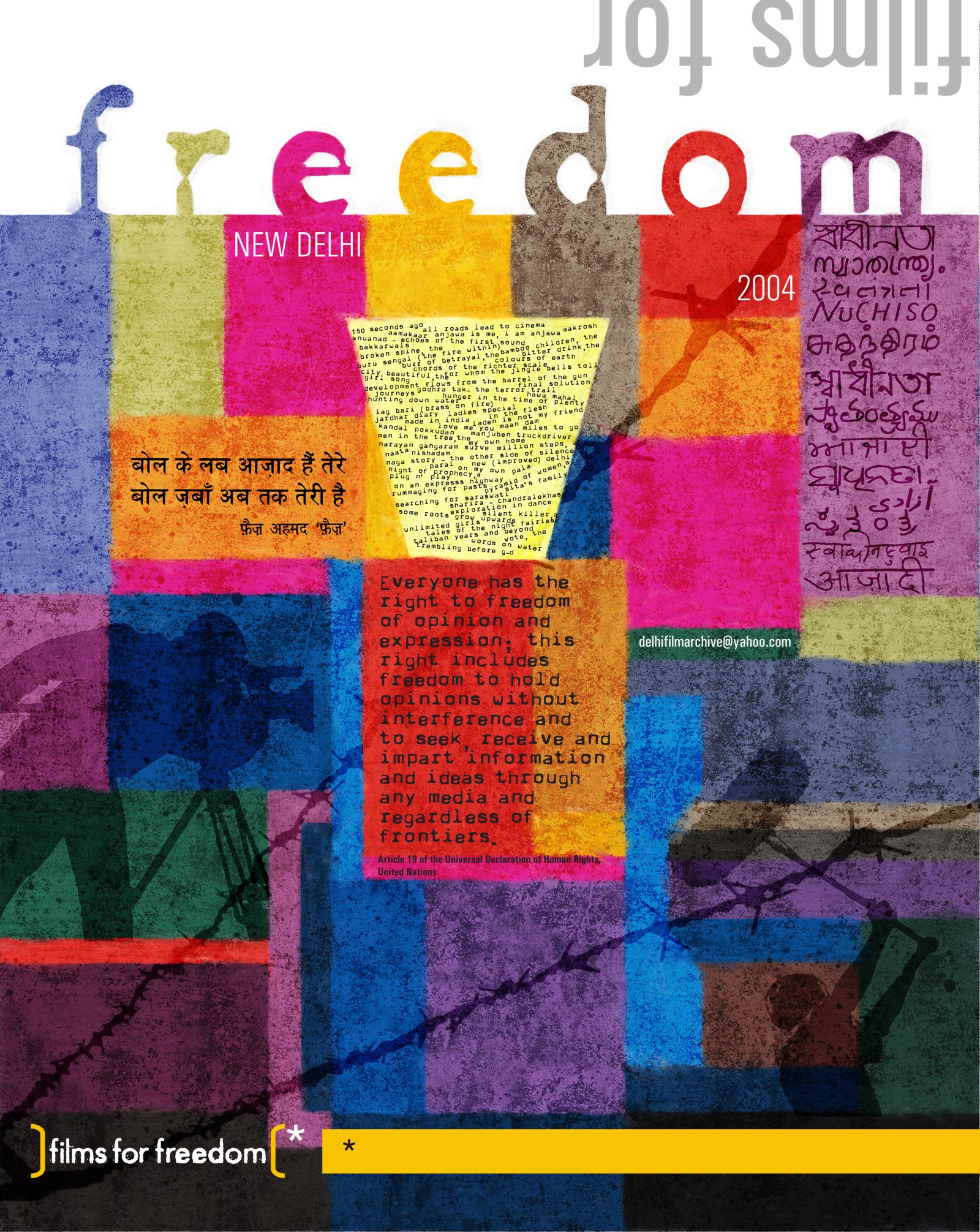
The challenge before the documentary community and other creative producers is to take on board these new realities of the post-digital age and also to sustain broad alliances across genres, such as theatre, feature film, the plastic arts and publishing, that challenge the discourse on censorship that has become a hallmark of Indian public sphere. All governments across the political spectrum at the Centre and at the State levels have promoted and used censorship to silence voices of dissent. They have also tacitly or openly supported vigilante attacks on freedom of expression, or not taken strict action against acts of vandalism, disruption and intimidation. With the return of the BJP government at the Centre in 2014, vigilante censorship has become increasingly strident and omnipresent. Many publishers have pulped their books because they ‘offended’ the majoritarian sensibilities; some books are being withdrawn in an act of self-regulation. The use of draconian laws such as Section 66A of the Information Technology Act 2000, and Section 124A in The Indian Penal Code (on sedition) over the past few years point to a further shrinking of the space for dissent and criticism of the state within public discourse. This trend of increasing state and vigilante attacks on freedom of expression however do not appear to have stopped documentary filmmakers from producing work that challenges the dominant flows of power and are inserted into various democratic struggles.
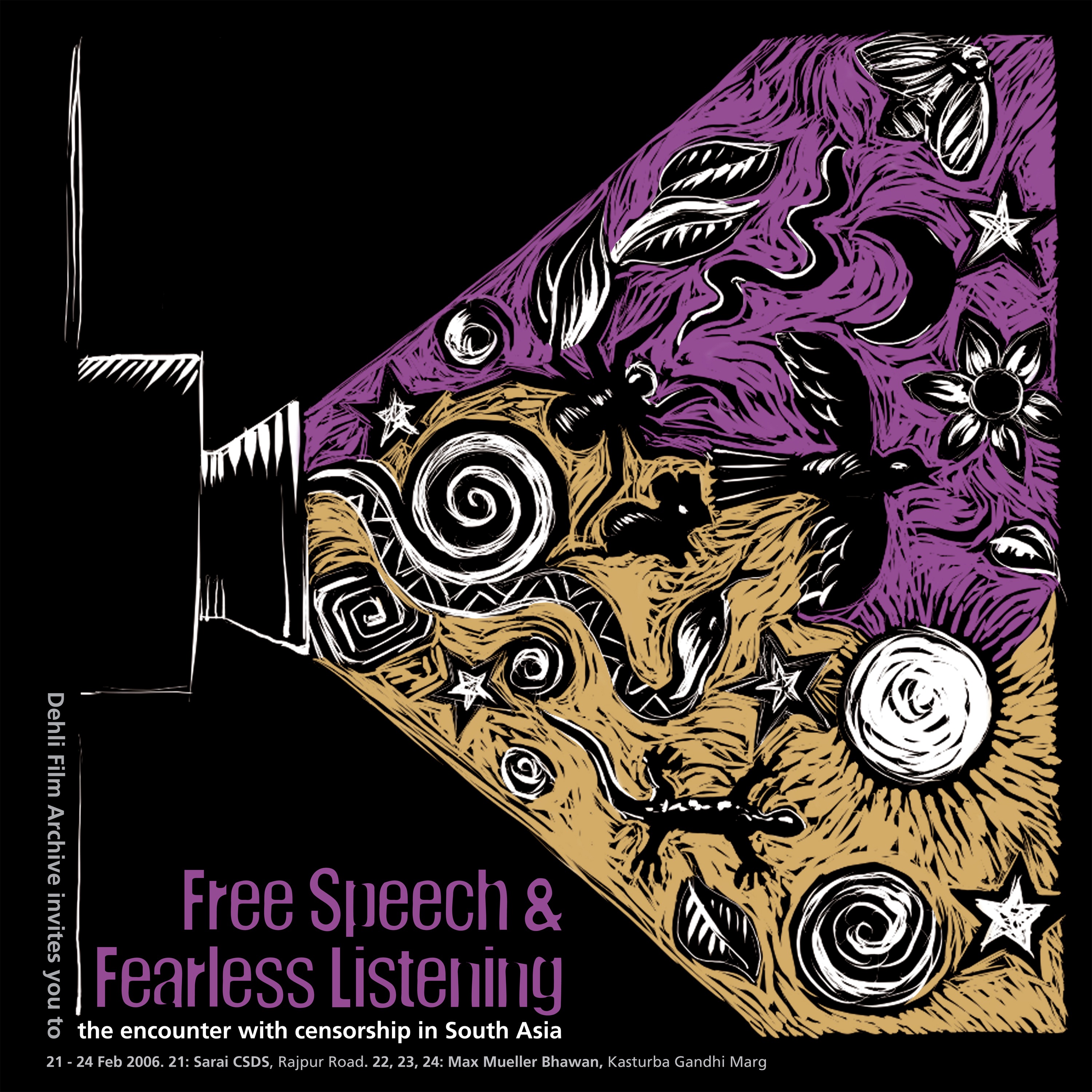
References
Liang, L. (2006). Shoot, share and create: Challenging censorship’s new ally. In Mehrotra R. (ed). The Open Frame reader. New Delhi: Rupa & Co. pp. 107-114.
excerpts taken from pages 203 to 208, K.P. Jayasankar and Anjali Monteiro, A Fly in the Curry: Independent Documentary Film in India, Sage 2016
Courtesy: raiot.in
